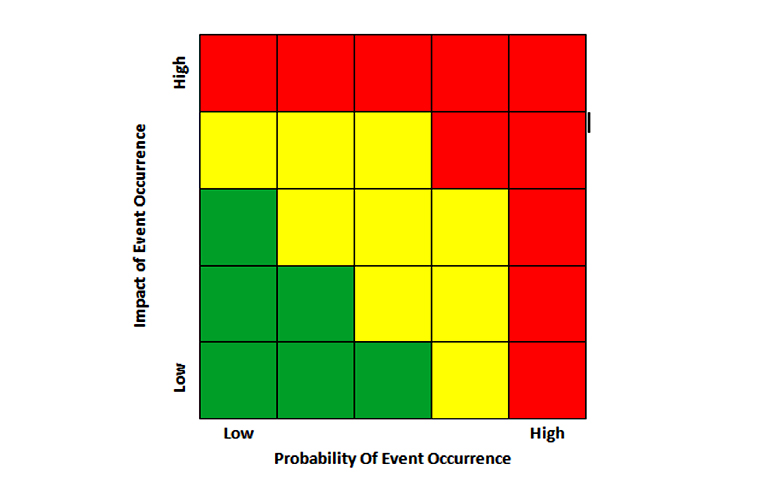Main Menu
- Home
- Product Finder
- Calibration Systems
- Calibration Services
- Digital Sensing
- Industrial Vibration Calibration
- Modal and Vibration Testing
- Non-Destructive Testing
- Sound & Vibration Rental Program
- Learn
- About Us
- Contact Us
We are frequently asked this question either in phone conversations or online discussion forums. For what seems like a simple question, we have both a simple, if unsatisfying answer of “it depends…” and a more thorough analysis upon what “it depends.” In short, how often you recalibrate an accelerometer is a balance between the risk of not calibrating and the cost of calibrating. Take a look at our on-demand webinar or read on below to understand important things to consider when answering the question, “How often should I recalibrate my accelerometer or microphone?"
The Costs of Recalibration
The cost of recalibration is relatively low for an organization that invests in an automated calibration system. These systems can perform a globally standardized calibration in less than 60 seconds per axis, apply pass/fail criteria, automatically store the data, and generate a report.
Organizations that perform 60 or more calibrations per year frequently justify the investment in a calibration system. Those with fewer can acquire outsourced services from an accredited laboratory. In either case, the cost for doing so is justified by the risk of not doing so.
The Risk of Not Calibrating
When we think of risk, we think of first defining the risk, then assessing the risk, and finally risk management.
Define the Risk
First we define what the hypothetical risk event is: In this case, we will say – “My accelerometer was damaged when it fell from the table. The damage is such that it will adversely affect the sensing of the data I collect with it.”
Risk Assessment
Risk is assessed in two dimensions: the probability of an event occurring and the impact of the event if it does occur.
Probability of the Risk Event
First we ask – “What is the percent probability that the accelerometer was damaged?” To answer this absolutely, we would drop an accelerometer from the same height many times and calibrate it each time to see if it was damaged. Perhaps it is not too practical to know this absolutely.
Impact of the Risk Event
What we may know better (at least qualitatively, not quantitatively) is the impact on our operations if the accelerometer is damaged in the way we described in the risk event definition. This depends greatly on the next use of the sensor. Will it be used
to monitor or test a newly modified product? If monitoring a product, do we rely upon the data to provide human safety? If testing, will the data be used to make design changes that are not easily reversed? These are high-impact situations. A low-impact
situation would be if I were to use it for my daughter's 6th grade science project. Often, this risk is plotted visually on a classic ‘5x5’ matrix to visualize it.
Risk Management
Now that the risk event has been defined and evaluated (either quantitatively or qualitatively), we can evaluate our options for managing the risk.
Many options are available, but the most obvious option in our case (a damaged accelerometer) is to either calibrate the sensor or ignore the fact that it fell from the table. Calibrating an accelerometer on a modern calibration system can be performed in less than 60 seconds.
This 60-second investment eliminates any of the risk associated with the accelerometer, and is typically considered a small investment when held next to the costs discussed earlier involving safety and high-value test articles.
In addition, the total risk associated with not recalibrating is cumulative with other risk events. One commonly considered risk event is “My test results may be called into question because my instrumentation was not recalibrated in the last 12 months. This may force the organization to retake the test data.”
So How Often Should I Recalibrate?
Once again, it depends upon the evaluation of the probability and impact of all the risk events to consider. While a periodic calibration routine every 12 months may seem reasonable, it might be reckless to ignore a particular risk event for that period of time.